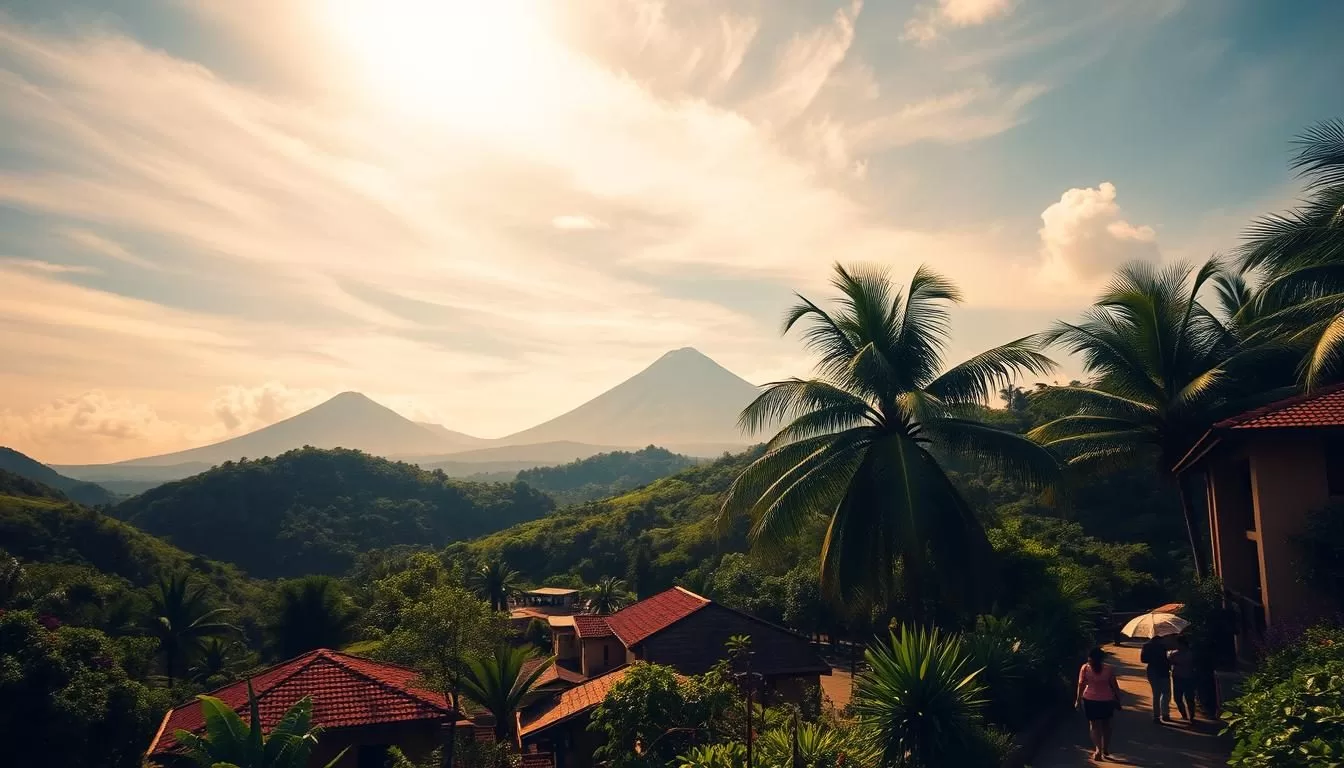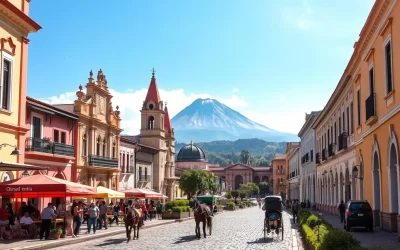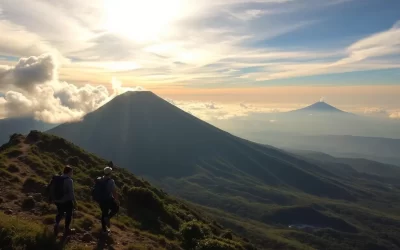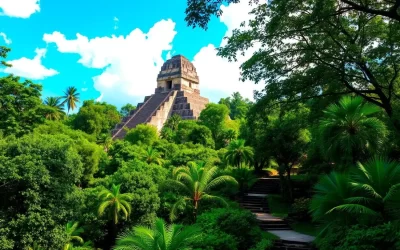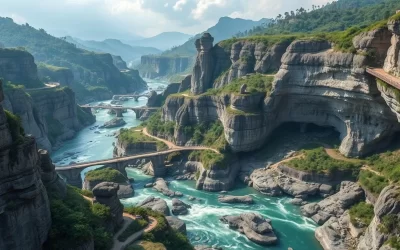Planning a trip to Guatemala can be a thrilling experience, but the country’s diverse climate can be a challenge. You’re about to embark on an adventure in a land known as the “Land of Eternal Spring,” but with varying temperatures and distinct seasons.
The dry and rainy seasons, humorously referred to as the “dusty” and “muddy” seasons, can significantly impact your travel experience. Understanding Guatemala’s climate is crucial to making the most of your trip, whether you’re hiking volcanoes, exploring ancient Mayan ruins, or experiencing vibrant cultural festivals.
Choosing the right time to visit is essential to shaping your experience. With regional climate variations and seasonal highlights, this guide will help you navigate Guatemala’s weather patterns to determine the ideal time for your trip.
Understanding Guatemala’s Diverse Climate
Understanding Guatemala’s climate is key to planning a successful trip, given its varied regional weather patterns. The country’s diverse geography, which includes highlands, lowlands, and coastal regions, contributes to its complex climate.
The Land of Eternal Spring: Climate Overview
Guatemala is often referred to as the “Land of Eternal Spring” due to its temperate climate in certain regions. The temperatures in the highlands remain pleasant throughout the year, making it an attractive destination for travelers. However, the weather can vary significantly across different parts of the country.
Regional Weather Variations: Highlands vs. Lowlands
The highlands and lowlands of Guatemala present distinct climatic experiences. In the highlands, where popular destinations like Antigua and Lake Atitlán are located, you can expect pleasant daytime temperatures between 70-75°F year-round. However, nights can be chilly, especially from November to February. In contrast, the lowlands, including Tikal and the Petén jungle, maintain warm temperatures between 79-90°F throughout the year, with high humidity levels that peak during the rainy season.
- The highlands experience cooler nights, especially during the dry season.
- The lowlands are characterized by high humidity and warm temperatures year-round.
- Regional variations in weather mean that the best time to visit can differ significantly by region.
Dry Season in Guatemala: November to April
From November to April, Guatemala experiences its dry season, perfect for outdoor enthusiasts. This period is ideal for exploring the country’s diverse landscapes and engaging in various activities without the hindrance of rain.
Perfect Weather for Outdoor Adventures
The dry season offers perfect weather for hiking, visiting ancient ruins, and enjoying the beautiful lakes and volcanoes. You can explore the stunning natural beauty of Guatemala without the rain, making it an ideal time for outdoor adventures.
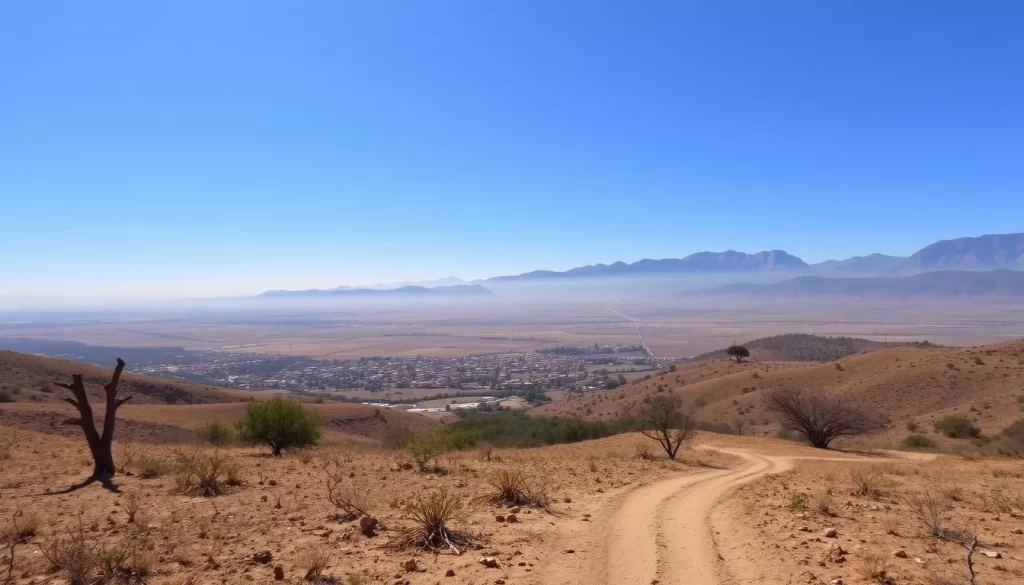
Holiday Season Crowds and Considerations
While the dry season is great for outdoor activities, it’s also the peak tourist season, especially during the holiday period. You should be prepared for larger crowds during this time, particularly in popular destinations like Antigua, Lake Atitlán, and Tikal.
- Popular spots get busy during the holiday season, with both international tourists and locals traveling extensively.
- Accommodations fill up quickly, and prices tend to increase significantly, making early planning crucial.
- The “Burning of the Devil” ceremony on December 7th is a unique cultural experience that takes place during this time.
To make the most of your trip, consider exploring less-visited destinations like the Verapaces region or the eastern highlands, where you can enjoy Guatemala’s natural beauty with fewer crowds.
| Destination | Crowd Level | Best Time to Visit |
|---|---|---|
| Antigua | High | November to April (avoid peak holiday season) |
| Lake Atitlán | High | November to April |
| Verapaces region | Low | Year-round |
Rainy Season: May to October
Guatemala’s rainy season, spanning from May to October, brings a lush vibrancy to the landscape. While it’s characterized by frequent afternoon showers, the rain brings life to the country’s diverse ecosystems.
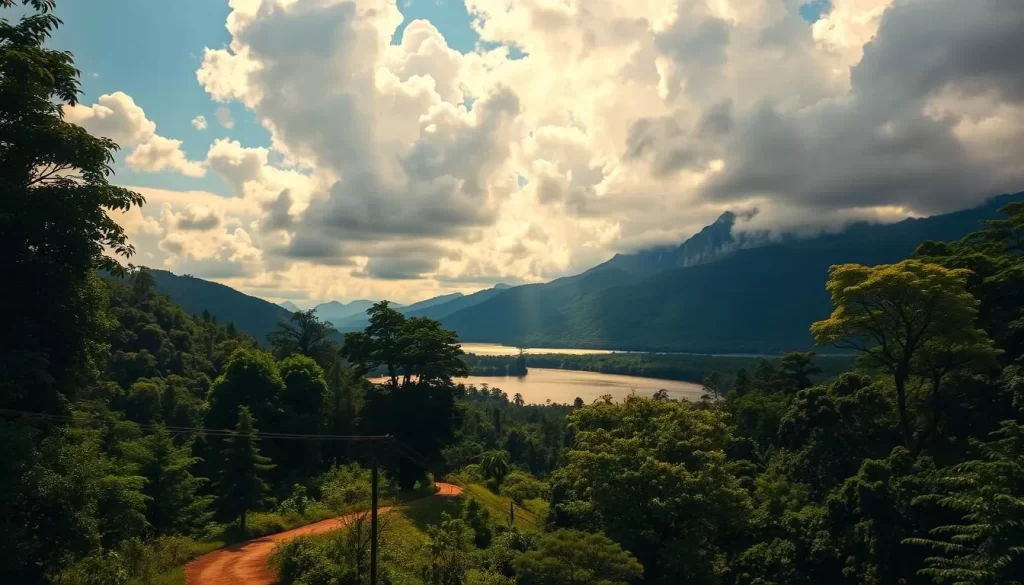
Afternoon Showers and Lush Landscapes
During the rainy season, Guatemala’s landscapes transform into vibrant hues of green. The afternoon showers are a hallmark of this period, providing a brief respite from the heat. While it may deter some visitors, the rain also means fewer crowds at popular tourist sites, making it a more peaceful time to visit certain attractions.
The Canícula: A Brief Dry Spell in July-August
A notable phenomenon during the rainy season is the Canícula, a brief dry spell occurring in July and August. This period offers clear skies and hot temperatures, ideal for activities like hiking to volcano summits and exploring Mayan ruins like Tikal. The Canícula provides a unique opportunity to enjoy Guatemala’s outdoor attractions without the peak season crowds.
| Activity | Rainy Season | Canícula |
|---|---|---|
| Hiking | Challenging due to rain | Ideal with clear skies |
| Visiting Mayan Ruins | Less crowded, lush surroundings | Clear views, hot temperatures |
| Exploring Landscapes | Vibrant, green landscapes | Dry, hot conditions |
Guatemala: Best Months for a Weather-Savvy Trip by Region
The best time to visit Guatemala varies significantly depending on the region you’re planning to explore. Different destinations offer unique experiences based on their climate.
Antigua and the Highlands
For Antigua and the highlands, the dry season from November to April is ideal, with mild temperatures and clear skies perfect for exploring historic sites and enjoying the local culture.
Lake Atitlán and Surrounding Areas
Around Lake Atitlán, the dry season also brings the best weather for outdoor activities like kayaking or simply enjoying the scenic views. Temperatures are generally pleasant, ranging from 60°F to 75°F.
Tikal and the Petén Lowlands
For Tikal and the Petén lowlands, the cooler, drier months from December to March are best for visiting the Mayan ruins. Temperatures range from 79°F to 85°F, making jungle exploration more comfortable.
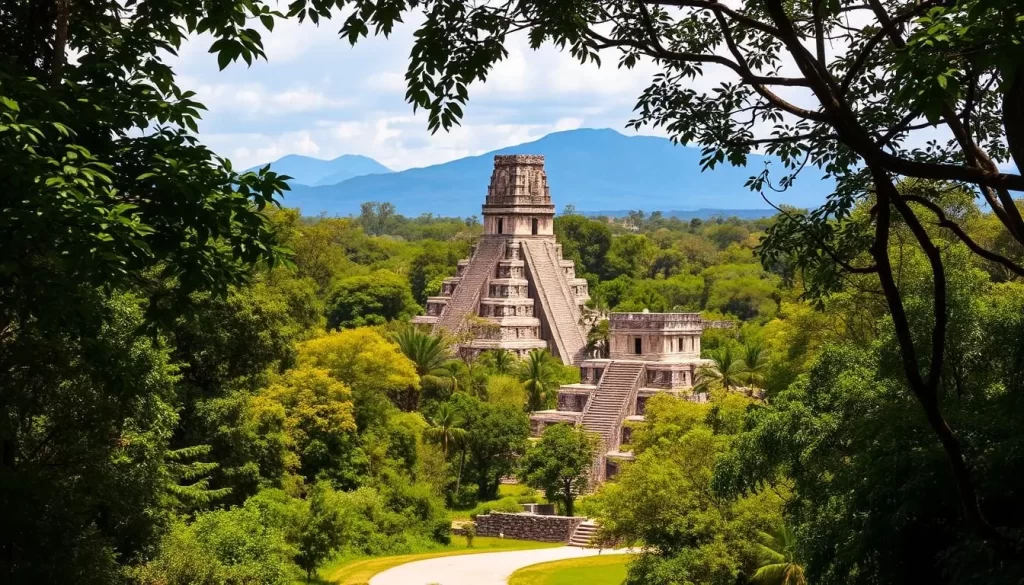
| Region | Best Month | Temperatures | Destinations |
|---|---|---|---|
| Antigua and Highlands | December to March | 60-75°F | Historic sites, cultural experiences |
| Lake Atitlán | November to April | 60-75°F | Lake activities, scenic views |
| Tikal and Petén Lowlands | December to March | 79-85°F | Mayan ruins, jungle exploration |
Best Times for Popular Activities
To make the most of your trip to Guatemala, understanding the best times for popular activities is essential. The country’s diverse climate and regional variations play a significant role in determining the ideal time for various experiences.
Hiking Volcanoes and Nature Exploration
The dry season, from November to April, is ideal for hiking volcanoes and exploring Guatemala’s natural beauty. During this period, the weather is generally clear, making it perfect for outdoor adventures like climbing Pacaya or Acatenango. The dry conditions also make trails more accessible, reducing the risk of mudslides and other hazards associated with heavy rainfall.
Visiting Mayan Ruins
Visiting Mayan ruins can be done year-round, but the dry season is particularly conducive for exploring sites like Tikal. The dry weather makes it easier to navigate the ruins without the hindrance of rain or mud. Additionally, the clear skies offer better conditions for spotting wildlife and appreciating the architectural details of the ancient structures.
Coffee Tours and Cultural Experiences
If you’re interested in coffee tours, the harvest season from November to March is the best time to visit. February is particularly notable as it’s when the coffee harvest is in full swing, offering a unique glimpse into the production process. You can observe the entire process, from picking to processing, and even participate in some activities. Many coffee plantations, especially around Antigua, Lake Atitlán, and Cobán, offer immersive experiences, including overnight stays and multi-day tours.
| Activity | Best Time | Region |
|---|---|---|
| Hiking Volcanoes | Dry Season (Nov to Apr) | Highlands |
| Visiting Mayan Ruins | Dry Season (Nov to Apr) | Petén Lowlands |
| Coffee Tours | Harvest Season (Nov to Mar) | Antigua, Lake Atitlán, Cobán |
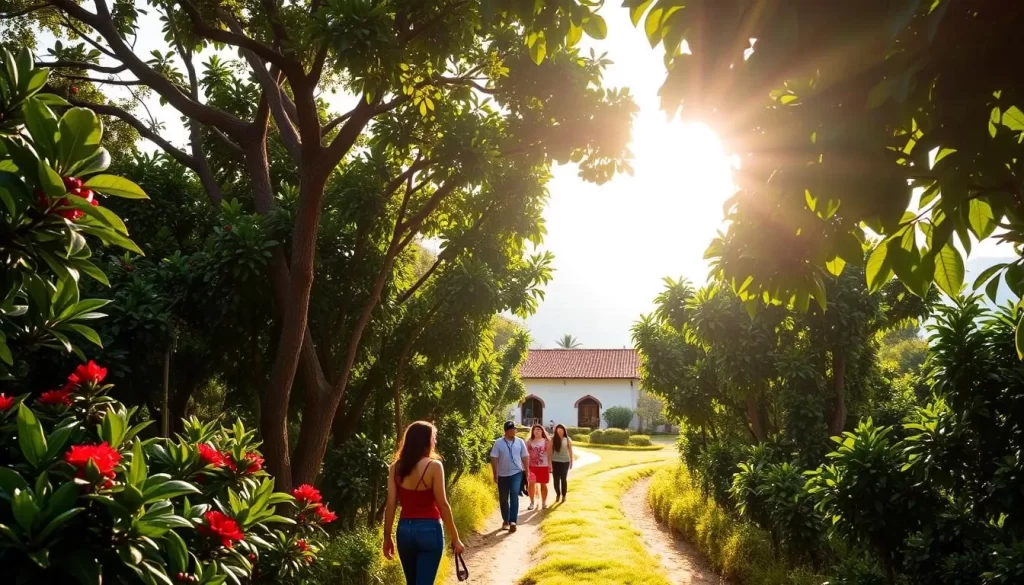
Cultural Festivals Worth Planning Around
Guatemala’s rich cultural heritage is on full display during its various festivals, which are definitely worth planning around. For those inclined to immerse themselves in tradition and folklore, July through December is packed with festivals.
Semana Santa: Holy Week Celebrations
One of the most significant events is Semana Santa, or Holy Week, which is a major celebration in Guatemala. The streets are filled with elaborate processions and vibrant decorations, creating a unique and unforgettable experience.
Day of the Dead and Giant Kite Festival
The Day of the Dead on November 1st is another significant celebration, where visitors can participate in flying giant kites to honor the deceased. This event is a fascinating blend of traditional and modern practices.
Independence Day and Other Notable Celebrations
Independence Day on September 15th is a time of great patriotic fervor, with parades, concerts, and fireworks displays across the country. Other notable festivals include the Feast of Santo Tomás in Chichicastenango and the Rabin Ajaw National Folklore Festival in Cobán.
Some of the key events to look out for include:
- The “Torch Run” on September 14th, which commemorates the original messengers who spread news of independence.
- The Feast of Santo Tomás in Chichicastenango, featuring colorful dances and the “Palo Volador” (Flying Pole Dance).
- The Rabin Ajaw National Folklore Festival, celebrating indigenous culture with traditional practices and competitions.
| Festival | Date | Location |
|---|---|---|
| Semana Santa | Variable dates, typically in March or April | Antigua and other cities |
| Day of the Dead | November 1st | Various towns and cities |
| Independence Day | September 15th | Countrywide |
Practical Travel Tips for Any Season
Guatemala’s diverse climate means that travelers should pack and plan accordingly, regardless of the season they visit. To ensure a smooth and enjoyable trip, consider the following practical tips.
Packing Essentials: Bring layers for temperature variations, especially in highland areas. During the dry season (November-April), don’t forget sun protection, including high-SPF sunscreen, sunglasses, and a hat. For the rainy season (May-October), pack quick-dry clothing, a reliable rain jacket, and waterproof footwear.
Planning Ahead: Book accommodations in advance if your travel coincides with major festivals like Semana Santa (Holy Week) or Independence Day. Consider travel insurance that covers weather-related disruptions, and research regional festivals that might impact your travel logistics.
By being prepared and flexible, you can have a rewarding travel experience in Guatemala, regardless of the season you visit.
The above is subject to change.
Check back often to TRAVEL.COM for the latest travel tips and deals.
Here are some Tours & Sightseeing suggestions that might pique your interests!
